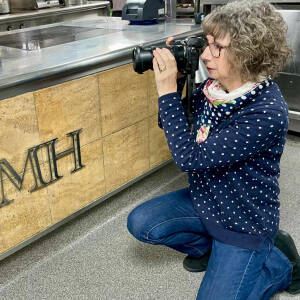Abandoned, neglected and decayed
This is the subject for our next local U3A photography meeting at the beginning of May. So, I've extended the theme a little to show how nature takes over sites that we have abandoned.
This is an old industrial unit at North Walsham (next to Waitrose, conveniently). It always fascinates me how Buddleia seems to find a foothold in the most inhospitable environments. I often used to see it growing from brickwork near Euston Station in the days when I used to commute to London daily. I found the snippet below on the BBc website.
Buddleja davidii, to give its latin name, which originated in China, is viewed by the Department for the Environment, Food and Rural Affairs (Defra) as an invasive non-native species. Its invasion history has been charted from its introduction to the UK in the 1800s to the first record of the plant in the wild in 1922.
Defra says the highly-dispersible seed of what was originally a garden plant has resulted in extensive buddleia populations in the wild, where the shrub has often out-competed native vegetation and reduced biodiversity.
Gardeners are being asked by Defra to remove seed heads after flowering to prevent its spread before it becomes "ubiquitous".
The plant can cause damage to buildings, such as crumbling brickwork - its tiny wind-blown seeds can germinate in decaying mortar.
And the problems caused by buddleia to the management of the rail network are described by the Non-Native Species Secretariat as "significant".
I just love the fact that there is a 'Non-Native Species Secretariat'!

Comments
Sign in or get an account to comment.


